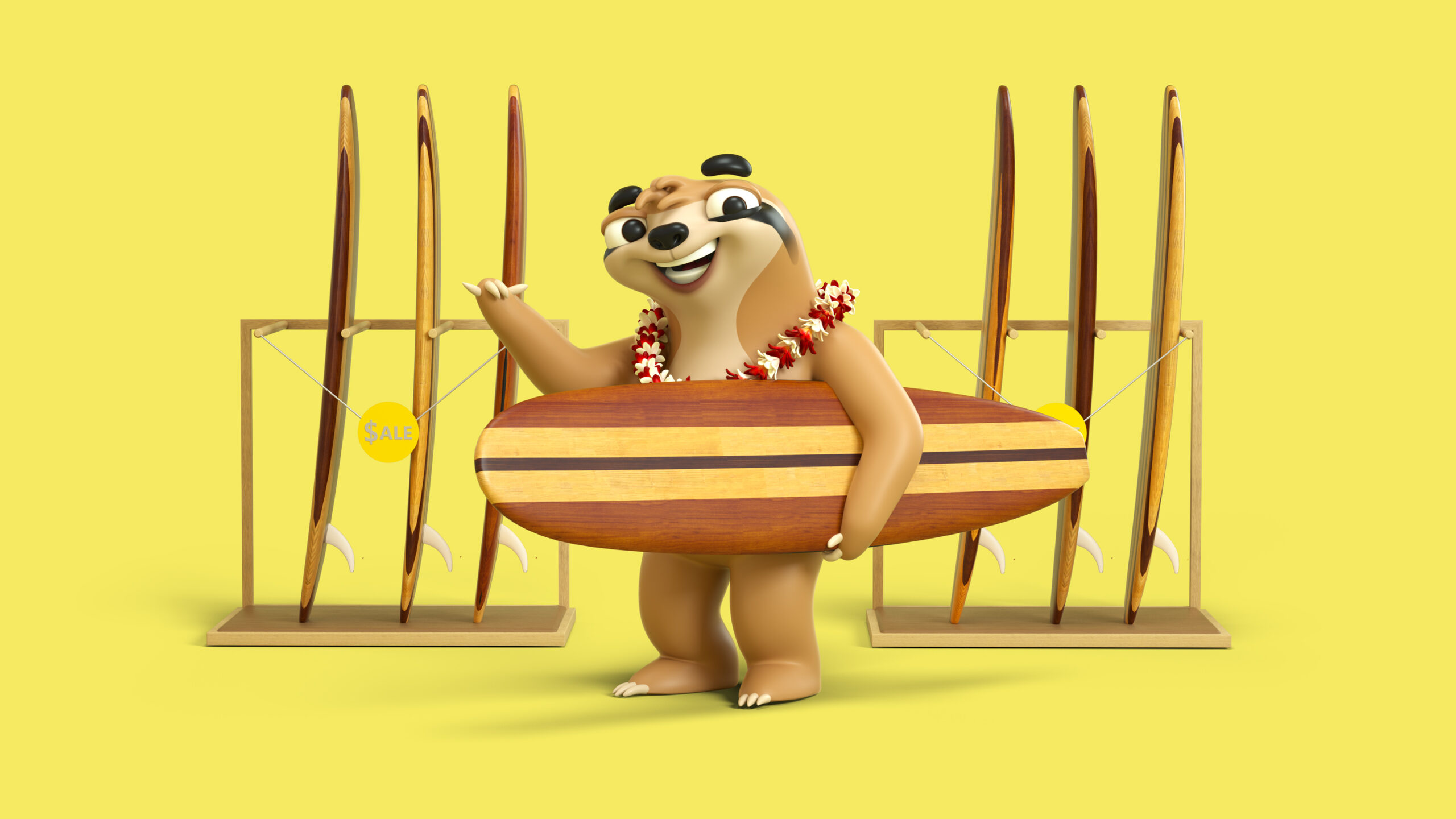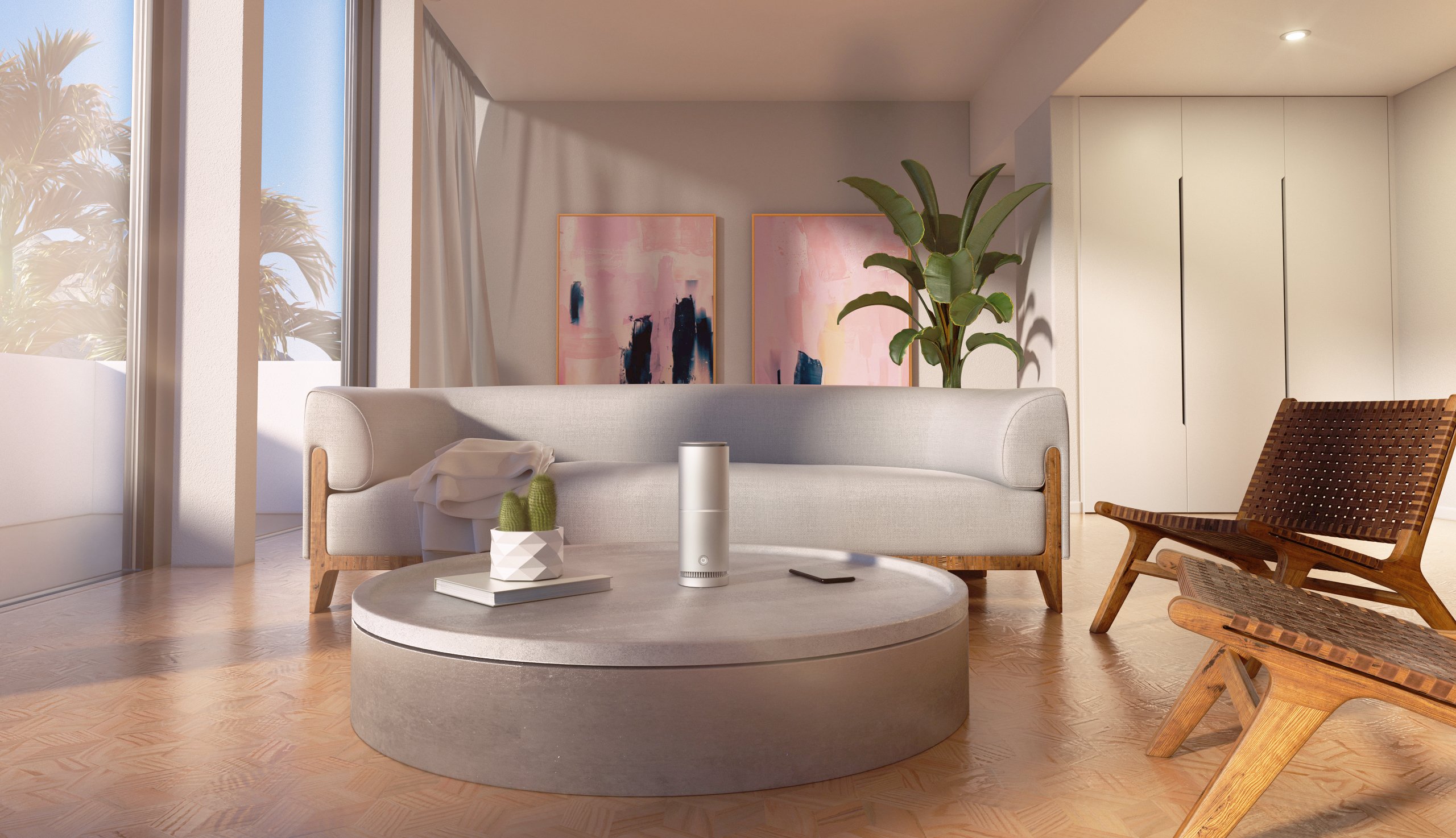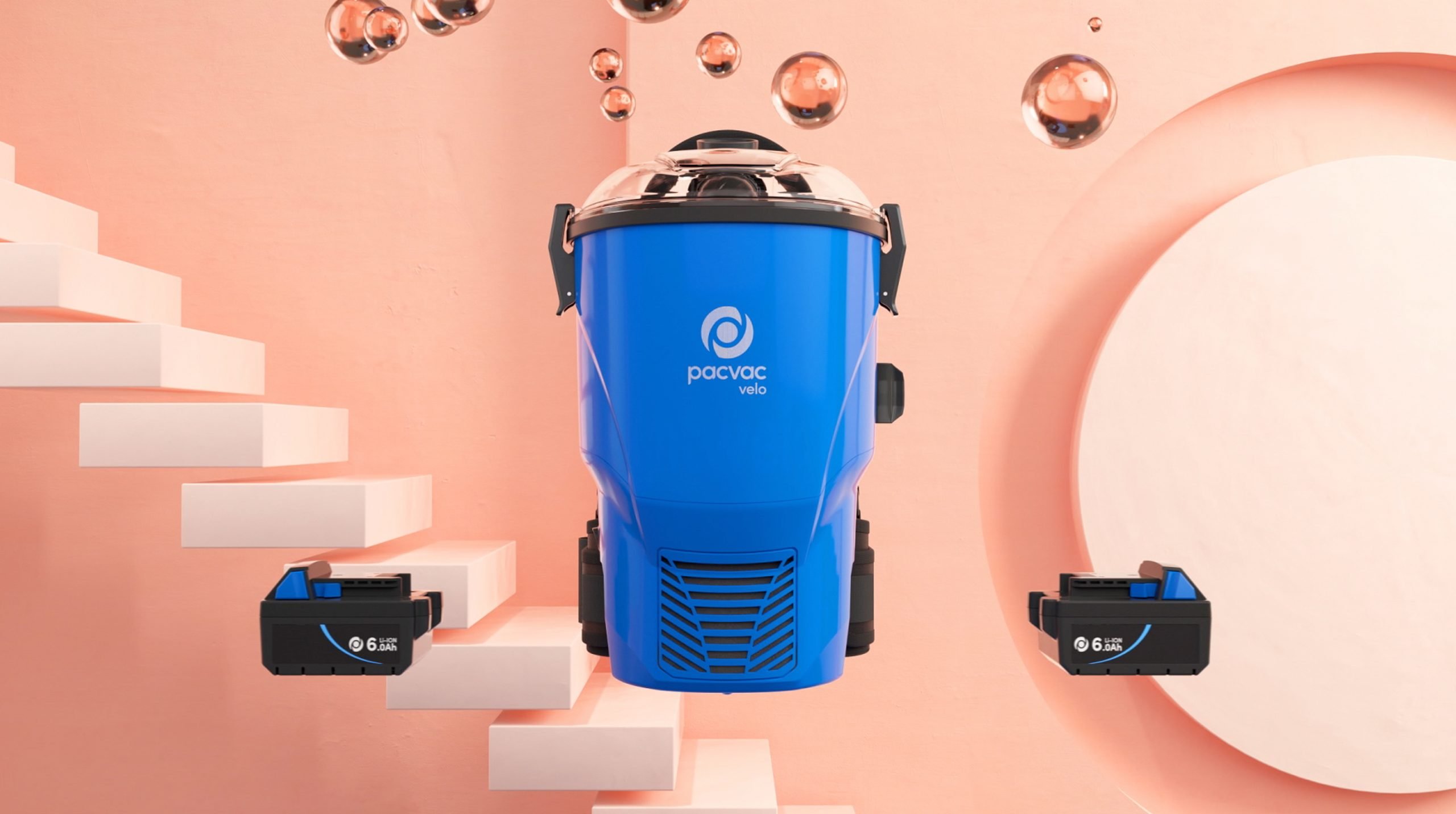When businesses ask “is 2D or 3D animation easier?” the honest answer is: it depends on what you need to achieve.
2D animation is typically easier to produce. It’s faster to create, less technically demanding, and comes with a shorter learning curve compared to the more complex technical pipeline of 3D animation.
3D, on the other hand, requires more time, skill, and resources – but it delivers realism, scalability, and the kind of impact that simple 2D can’t always match.
In this blog, we’ll break down complexity, production time, costs, and real-world applications, so you can decide which style fits your next project. At Milkable, we don’t just animate – we help you choose the right medium to cut through the noise and deliver results.
If you’re exploring what’s possible, start with our 3D animation services.

Understanding the Complexity of 2D vs 3D Animation
When it comes to complexity, 2D and 3D animation follow very different paths.
2D Animation
2D animation works on a flat plane. Creators either draw frame by frame or use tweening to generate movement between key poses.
The software is often intuitive – tools like Adobe Animate or Toon Boom make it accessible even for smaller teams. For many businesses, this means lower barriers to entry and faster feedback in production.
3D Animation
3D animation adds another layer – literally. Before you see movement on screen, there’s modelling, rigging, texturing, lighting, and rendering.
This technical pipeline demands specialist skills and heavier computing power.
The payoff? Scalability. Once built, assets can be re-used, adapted, and placed into new environments with ease.
Verdict at a Glance
So, is 2D or 3D animation easier? If you’re looking at accessibility and learning curve, 2D wins. If you’re weighing long-term scalability and the potential for realism and immersion, 3D comes into its own.
For a deeper breakdown of the process, see our guide on what 3D animation really involves.
Which Is Faster and More Cost-Effective?
When businesses ask is 2D or 3D animation easier for projects with tight deadlines or budgets? the answer often comes down to production time and resources.
Side-by-Side Comparison
| Factor | 2D Animation | 3D Animation |
| Production Time | Faster, simple workflow | Longer upfront, assets reusable later |
| Cost | Budget-friendly, smaller teams | Higher investment, specialist tools |
| Best For | Explainer videos, social media, education | Product visualisation, VR/AR, immersive campaigns |
Applications in Business
The choice often depends on what you’re creating.
For example, a tech company launching a new app might commission a short 2D explainer video for social media – fast to produce and easy to update.
By contrast, an architecture firm may invest in 3D rendering to showcase building designs with depth, lighting, and realistic movement – something 2D can’t replicate.
3D also excels when brands need immersive campaigns. Automotive companies, for instance, often use 3D animation in marketing to create interactive car showcases, giving audiences a lifelike view before stepping into a showroom.
And when animation is part of a larger identity project, it naturally complements our branding design services, ensuring every element works together seamlessly.
How to Decide Between 2D and 3D Animation
The real question isn’t just is 2D or 3D animation easier – it’s which one will work harder for your business.
Quick Decision Checklist
Choose 2D Animation if you need:
- A faster turnaround and lower production cost
- Clear, simple storytelling (e.g., explainers, training content)
- Campaign assets for web, mobile, or social platforms
Choose 3D Animation if you need:
- Realism and immersion to showcase products or environments
- Content that can be reused, adapted, or scaled across campaigns
- High-impact visuals for launches, events, or interactive experiences
At Milkable, we don’t just animate – we create stories built to perform. Whether you want the clarity of 2D or the depth of 3D, we’ll align the style with your brand, your goals, and your audience.
Explore more of our work in action or talk to us today about bringing your story to life.

FAQs
Is 2D or 3D animation easier for businesses to use?
For businesses, “easy” usually means quick to produce, cost-effective, and aligned with campaign goals. 2D animation often wins here – it’s faster and more budget-friendly. But when projects demand depth, realism, or reusability, 3D becomes the smarter long-term choice.
Which type of animation is more effective for marketing?
It depends on the message. 2D animation is clear, direct, and great for explainer videos or brand storytelling. 3D animation creates impact through realism and immersion, making it powerful for product launches, architectural showcases, or marketing campaigns that need to wow.
Can I start with 2D animation and later upgrade to 3D?
Yes. Many brands begin with 2D for simple campaigns and move into 3D as budgets, timelines, or campaign ambitions grow. Assets and storyboards from 2D work can often inform a future 3D approach, making the transition smoother.
Do 2D and 3D animations deliver different audience experiences?
Absolutely. 2D tends to feel approachable, stylised, and easy to follow – perfect for education or lighthearted messaging.
3D delivers an immersive experience, helping audiences picture themselves with your product or inside your brand story. The right choice depends on the emotion and outcome you want to create.
Can 2D and 3D animation be combined in one project?
Yes, and the results can be striking. Hybrid projects allow you to blend the clarity of 2D with the realism of 3D, creating a unique look that captures attention and builds depth. It’s a strong option for businesses wanting to stand out without committing entirely to one style.


 Menu
Enquire now
Menu
Enquire now